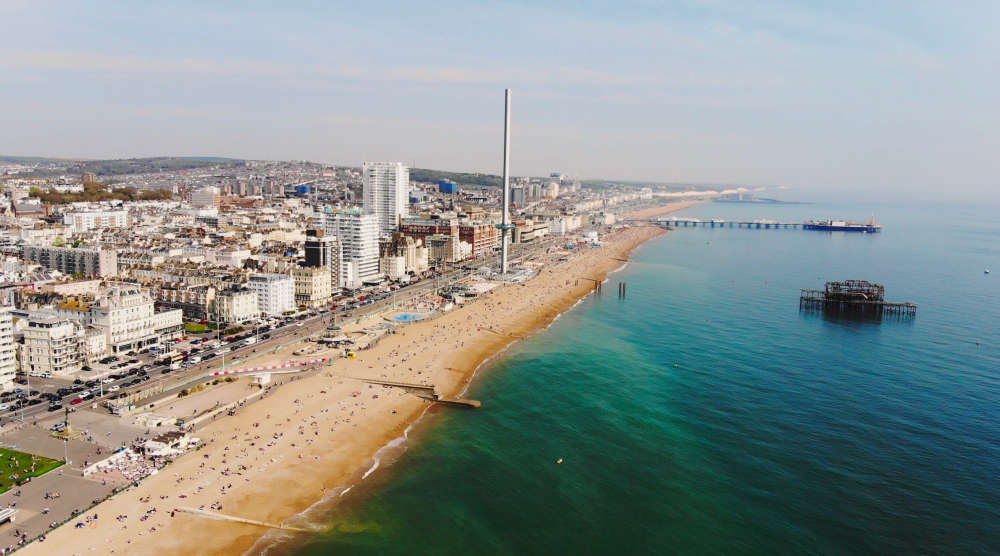
Brighton is one of our favourite seaside destinations in Sussex and is renowned for its lively atmosphere, stunning architecture, and rich cultural heritage. With a history that spans centuries, Brighton has seen a myriad of transformations and historical milestones. Let's explore five fascinating historical facts about Brighton that showcase its unique past.
1. The Rise of Brighton as a Seaside Resort:
Brighton's transformation from a small fishing village to a bustling seaside resort began in the late 18th century. The town's popularity soared after the arrival of King George IV, who visited Brighton regularly to enjoy the therapeutic benefits of the sea air. The king's patronage led to the development of the opulent Royal Pavilion, a lavish palace designed in an exotic Indian style. Today, the Royal Pavilion stands as an iconic symbol of Brighton and its transformation into a fashionable seaside destination.

2. The Brighton Pier:
Brighton Pier, also known as the Palace Pier, is an integral part of the city's history and identity. Originally constructed in 1823 as a simple wooden structure, it has undergone several renovations and expansions over the years. The pier was a hub of entertainment and leisure, featuring amusement arcades, fairground rides, and a theater. It remains a popular attraction, offering stunning views of the coast and providing a lively and nostalgic experience for visitors.
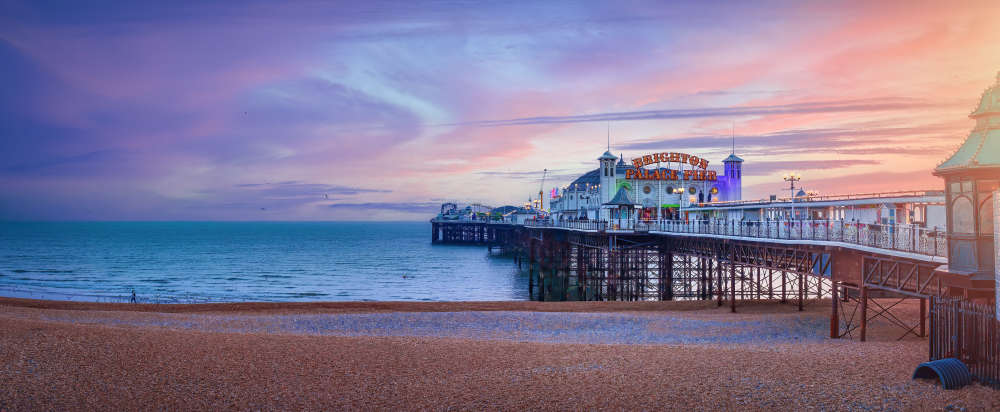
3. The West Pier:
Alongside the Brighton Pier, the West Pier holds a significant place in the city's history. Constructed in 1866, it was a Victorian masterpiece and a prominent symbol of Brighton's elegance and sophistication. However, the West Pier fell into disrepair over the years due to storms and neglect. Despite efforts to restore it, the pier suffered a series of fires, leaving only its skeletal remains jutting out into the sea. The West Pier serves as a poignant reminder of the city's past and the impermanence of architectural grandeur.
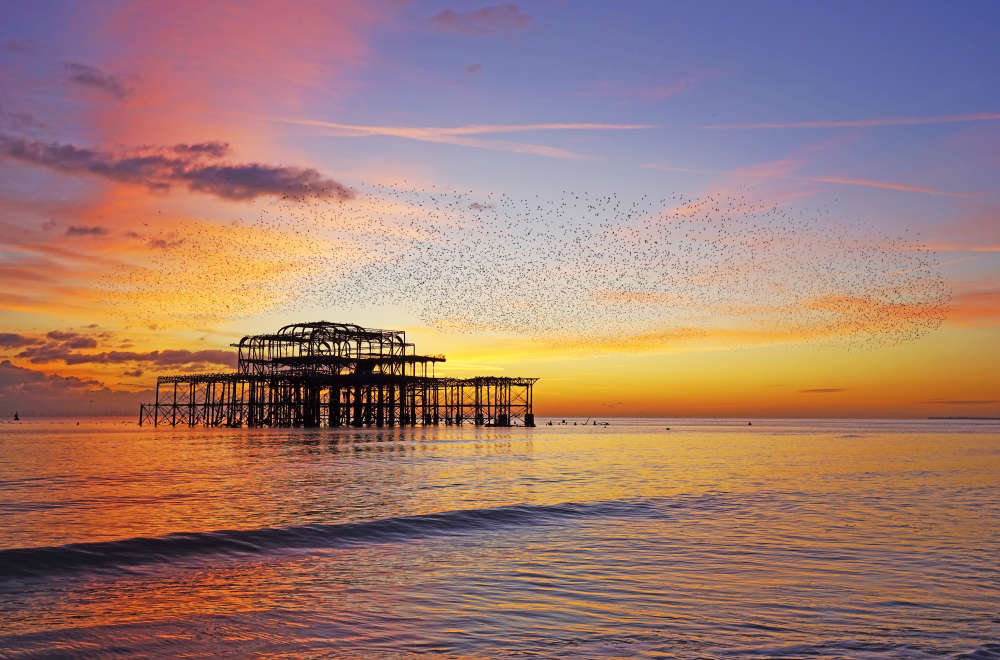
4. Brighton's Fishing Heritage:
Brighton's history is deeply intertwined with fishing and maritime activities. The town's location on the coast made it an ideal fishing village. In the past, fishermen would launch their boats from the shingle beach and bring back their catches to the bustling fish market. Although the fishing industry has declined in recent decades, the Brighton Fishing Museum preserves the town's seafaring heritage, showcasing artifacts, photographs, and stories of the fishing community that once thrived there.
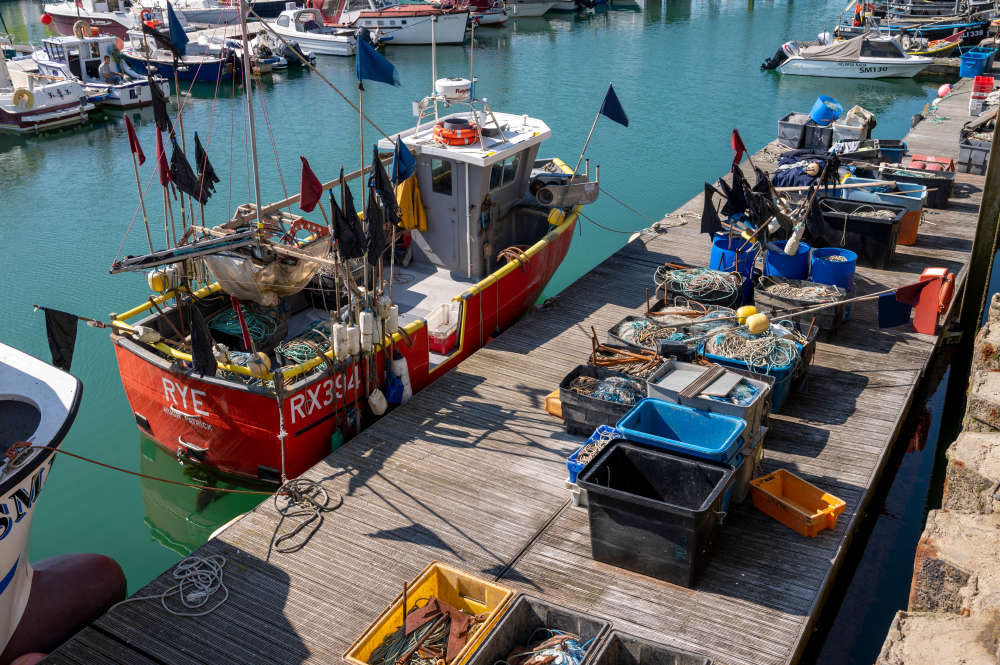
5. The Lanes:
The Lanes, a maze of narrow streets and alleys in the heart of Brighton, has a history that dates back to the 17th century. Originally an area dedicated to fishing and market activities, the Lanes evolved into a vibrant and diverse quarter. It is now known for its independent boutiques, antique shops, cafes, and charming architecture. The Lanes are steeped in history and offer a glimpse into Brighton's past, making it a favorite destination for locals and visitors alike.
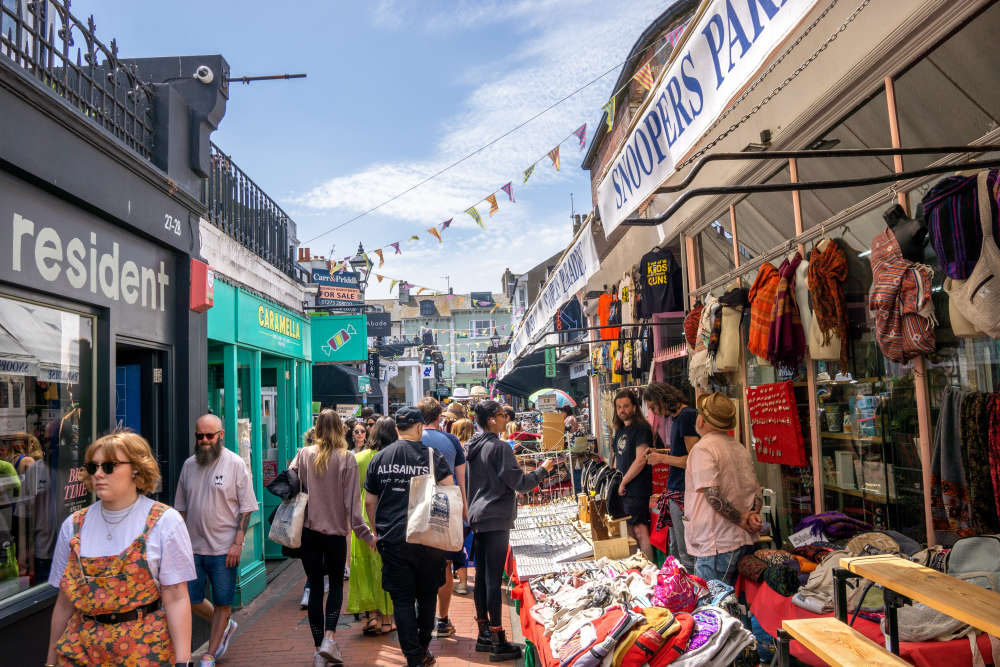
Brighton's history is a tapestry woven with tales of seaside indulgence, architectural marvels, fishing traditions, and vibrant cultural quarters. As visitors explore its streets, admire its architectural gems, and soak in its lively atmosphere, they are transported back in time, connecting with the events and characters that have shaped this captivating city. Brighton's ability to blend its historical heritage with its vibrant present is what makes it a truly unique and captivating destination.

 It's a Dog's Life: A Decade of Dog!
It's a Dog's Life: A Decade of Dog!
 December Book Reviews
December Book Reviews
 If You Ask Me: Flo’s Virtual Bookshop
If You Ask Me: Flo’s Virtual Bookshop
 Kids Zone: Christmas Traditions
Kids Zone: Christmas Traditions
 Book Reviews: November Novels... and more!
Book Reviews: November Novels... and more!
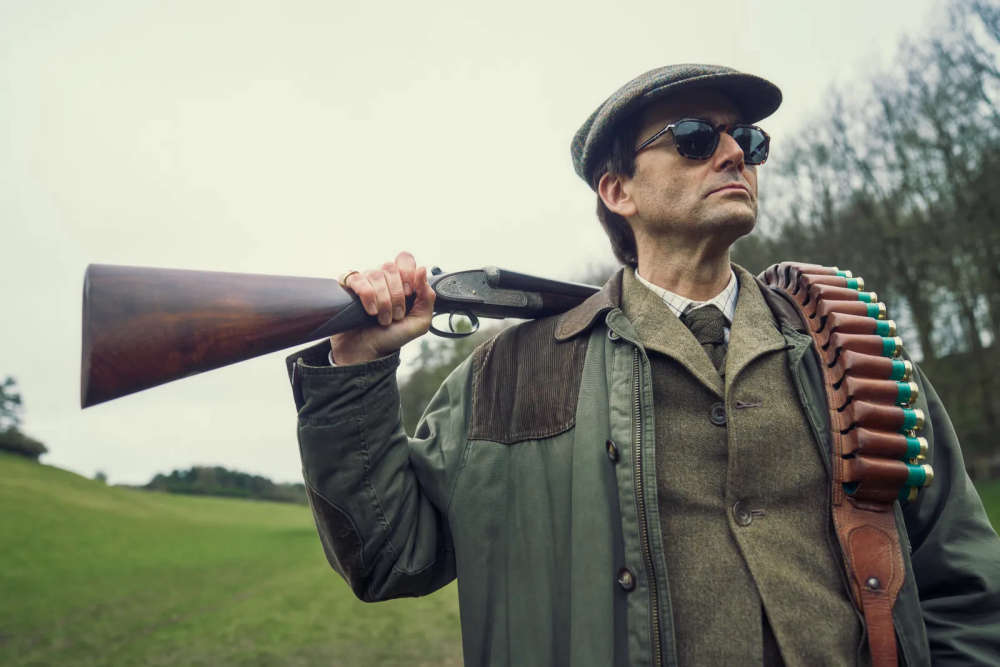 What to Watch in October 2024
What to Watch in October 2024
 Kids Zone: Spooky Spider's Webs
Kids Zone: Spooky Spider's Webs
 If You Ask Me: Humanity's Greatest Invention
If You Ask Me: Humanity's Greatest Invention
 If You Ask Me: A Desert Island Drag
If You Ask Me: A Desert Island Drag
 Kids Zone: Mud Kitchens
Kids Zone: Mud Kitchens
 What to Watch in July 2024
What to Watch in July 2024
 Kids Zone: Ice Block Treasure Hunt!
Kids Zone: Ice Block Treasure Hunt!
 What to Watch in June 2024
What to Watch in June 2024
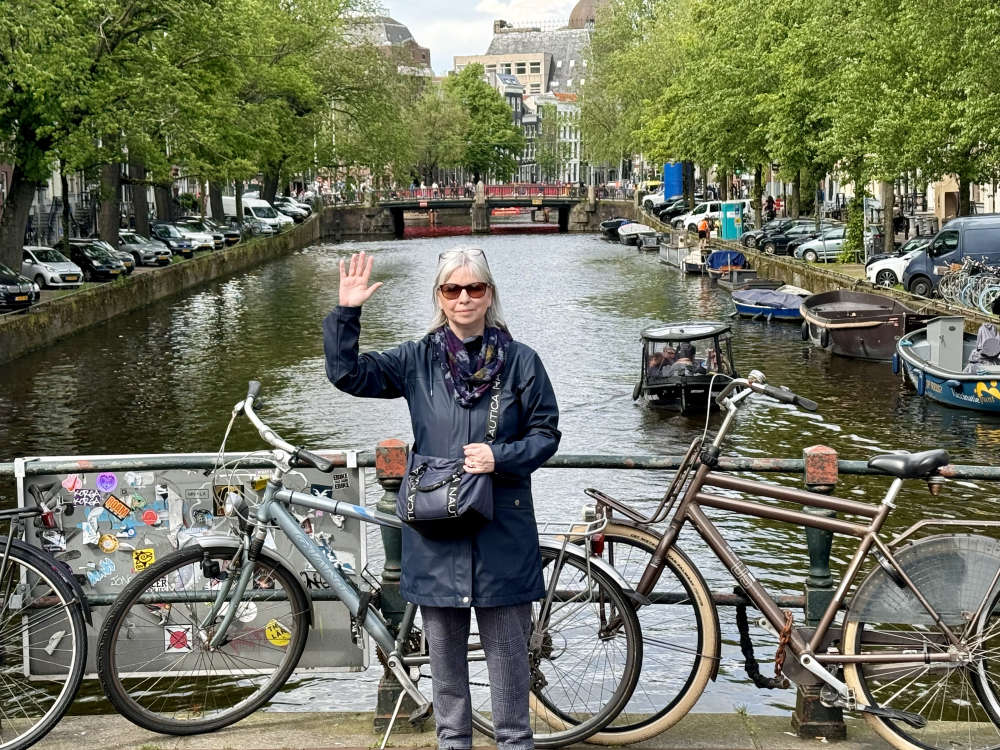 A Gourmet Escape on the Eurostar: London to Amsterdam with Culinary Delights in Almere
A Gourmet Escape on the Eurostar: London to Amsterdam with Culinary Delights in Almere
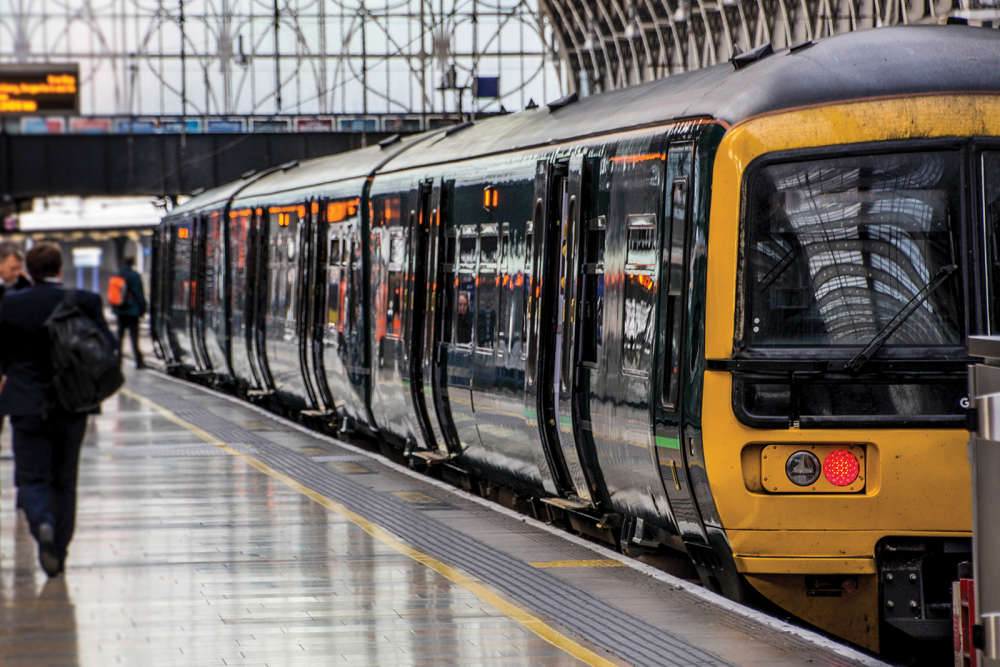 If You Ask Me: Train Announcements Have Gone Off the Rails
If You Ask Me: Train Announcements Have Gone Off the Rails
 If You Ask Me... Never Argue with an Idiot
If You Ask Me... Never Argue with an Idiot
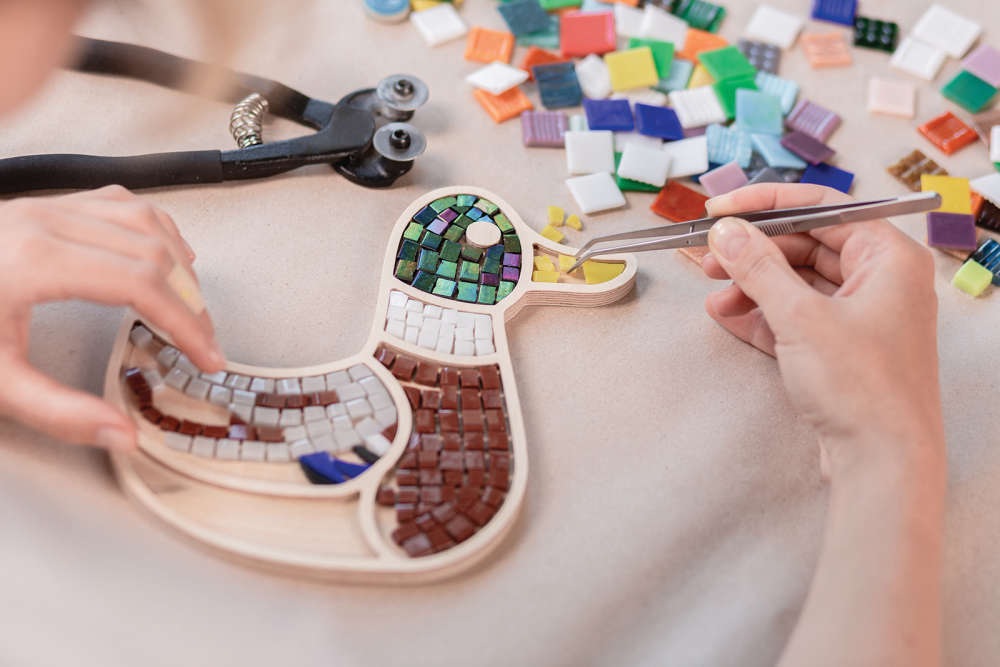 Kids Zone: Mosaic Art
Kids Zone: Mosaic Art
 What to Watch in April 2024
What to Watch in April 2024
 If You Ask Me: The Jobsworth and the Frog
If You Ask Me: The Jobsworth and the Frog
 What to Watch in March 2024
What to Watch in March 2024